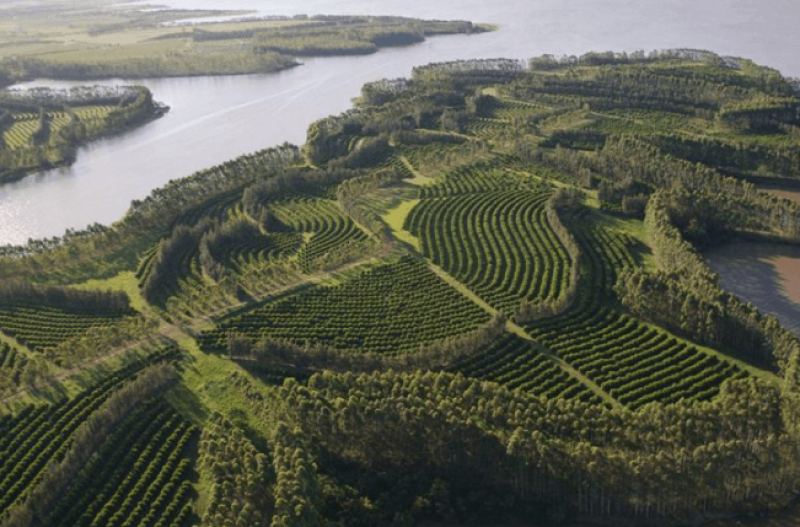…[A]griculture is a significant source of CO2 emissions. … The challenge is [to] produce the most food with a small carbon footprint as possible.
Three new studies have used genetic engineering to develop … climate-friendly methods to increase conversion of CO2 into biomass….
. . . .
…[Traditional] plant breeding has not succeeded in increasing the productivity of wheat …. In greenhouses at British Rothamsted [researchers are growing]… a special wheat… genetically modified to streamline photosynthesis, thereby increasing productivity.
. . . .
If plants are getting too much sunlight, they turn down photosynthesis…. Once the plant is shaded, it takes time for photosynthesis [to get going] again. By inserting genes from the plant thale cress, that make this process faster, …researchers managed to get a tobacco plant to produce up to 20 percent more biomass….
. . . .
[In addition], scientists at the German Max Planck Institute created an … artificial carbon fixation process … more effective than the natural photosynthesis.. . . .
…[N]o single technology or strategy alone could solve climate problems. … But if any of these methods prove to work on a large scale, [there is] the potential to really make a difference.
The GLP aggregated and excerpted this blog/article to reflect the diversity of news, opinion and analysis. Read full, Google translated post: GMOs for less CO2
Read full article in original Norwegian: GMO for mindre CO2































